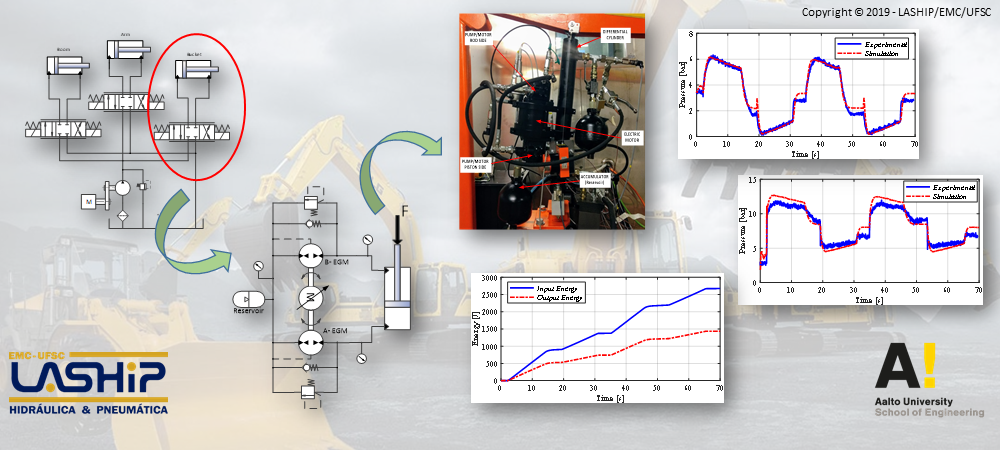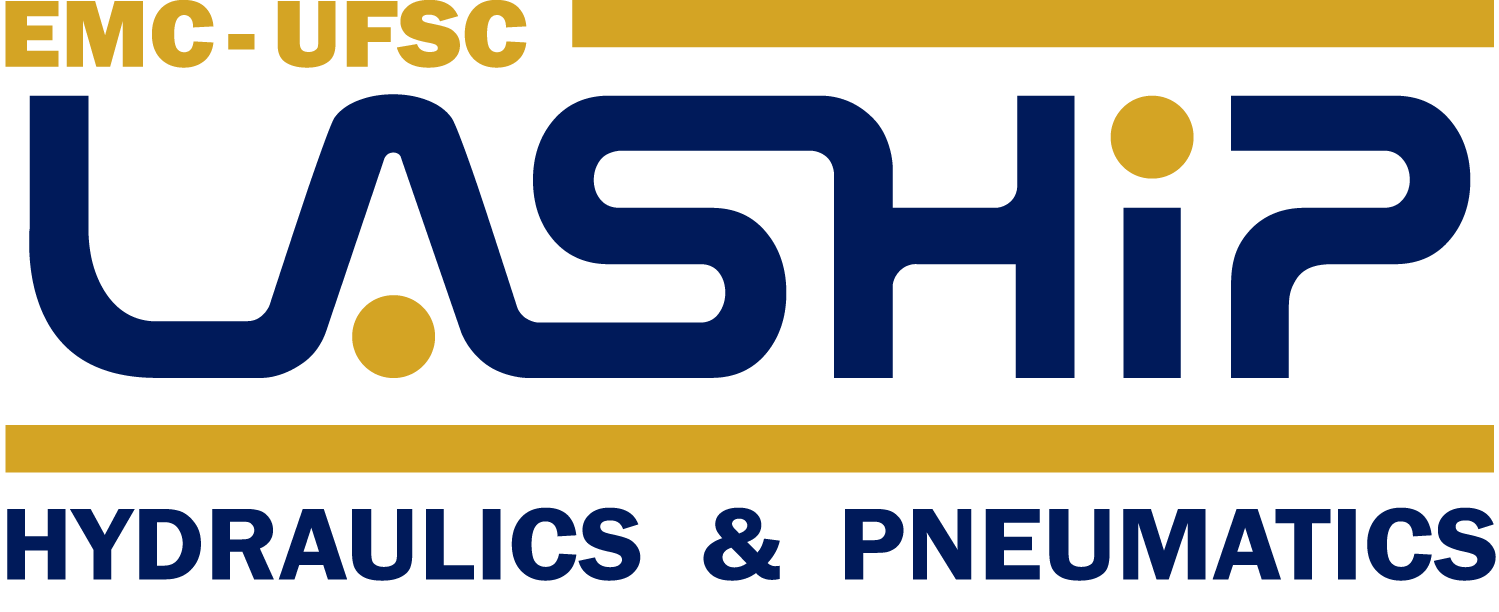Candidate: Thales Agostini Ribeiro Batista
Program: UFSC / POSMEC
Date: April, 2019
Advisor: Victor Juliano De Negri, UFSC
Co-Advisor: Tatiana Minav, Aalto Unviersity, Finland
Abstract: Construction and agricultural machinery play an important role in the modern industry. However, with the increasing of fossil fuel costs and the government’s requirements to reduce gas emissions, manufacturers and research institutions are looking for alternatives to make the machines more efficient and less polluting. The hydraulic systems are responsible for transmitting and supplying the energy required by the machine to do its tasks, due to its robustness and the high power density. Still, conventional systems result in low energy efficiency. The conventional systems are characterized by the usage of valves to control the flow direction and the power is provided by an internal combustion engine through a central circuit. In this scenario, the implementation of the hydrostatic system, in which valves are removed, turn in a solution eliminating energy losses by throttling action, but not the combustion engine dependency. A concept applied in the aircraft industry, known as electro-hydrostatic actuator (EHA), got attention for its features, such as robust, compact and independent. In this solution, each actuator is driven by its own system and not sharing a central one. Moreover, this configuration is driven by an electric motor, resulting in fewer emissions. In this manner, this work is focused on the analysis for the behavior and energy efficiency of an electro-hydrostatic system applied in an asymmetrical cylinder to lift the load. With the assistance of MATLAB/Simulink® and a test bench, a mathematical model was developed to represent the dynamic behavior of the system. Through simulation, the energy efficiency was analyzed during an operation cycle and its advantages and disadvantages pointed out, as well as possible alternatives to make feasible the implementation of the system.
Reference: BATISTA, T. Modeling and Analysis of an Electro-Hydrostatic System Using Asymmetrical Cylinder for Industrial and Mobile Machinery. 2019. 119 p. Dissertação de Mestrado. Universidade Federal de Santa Catarina



